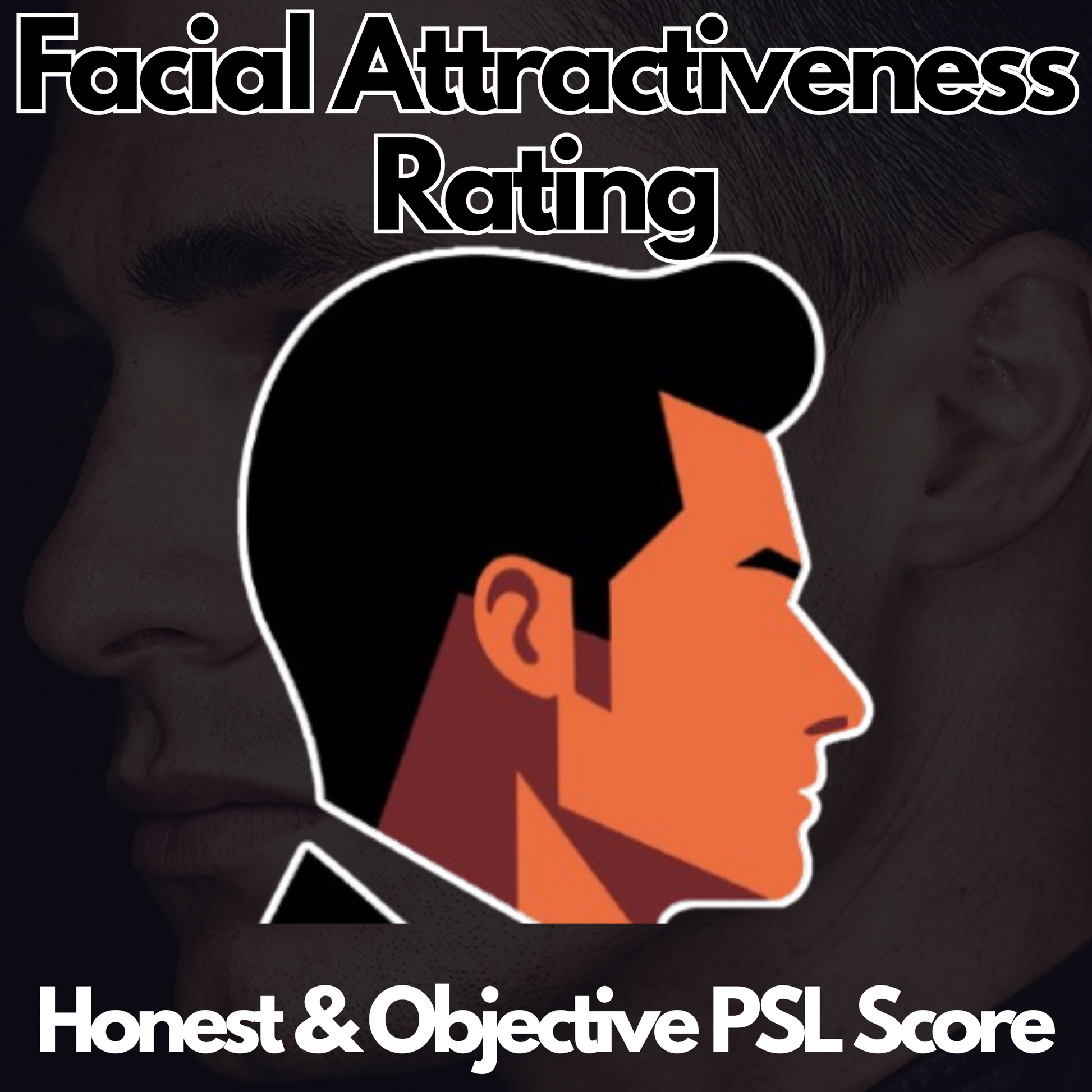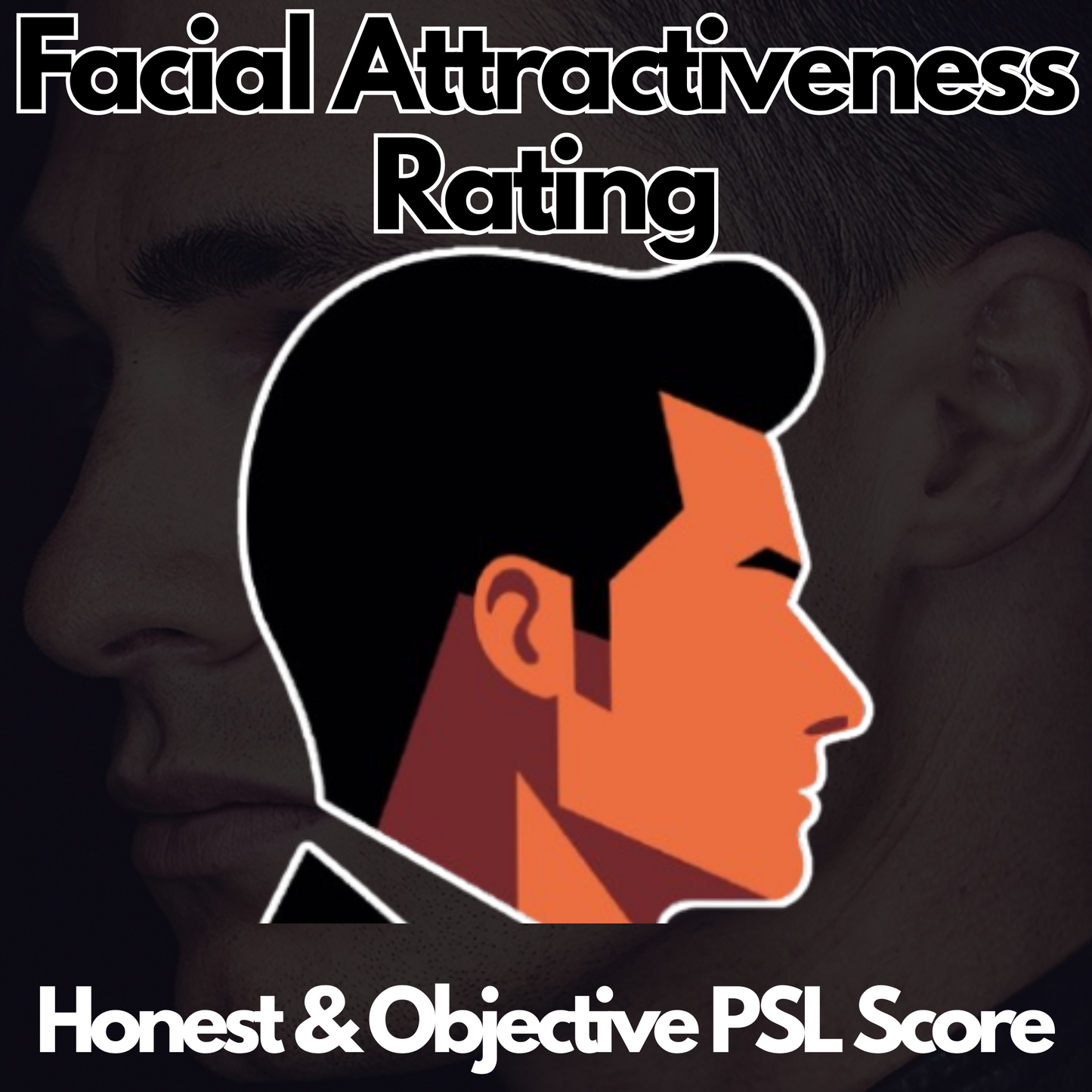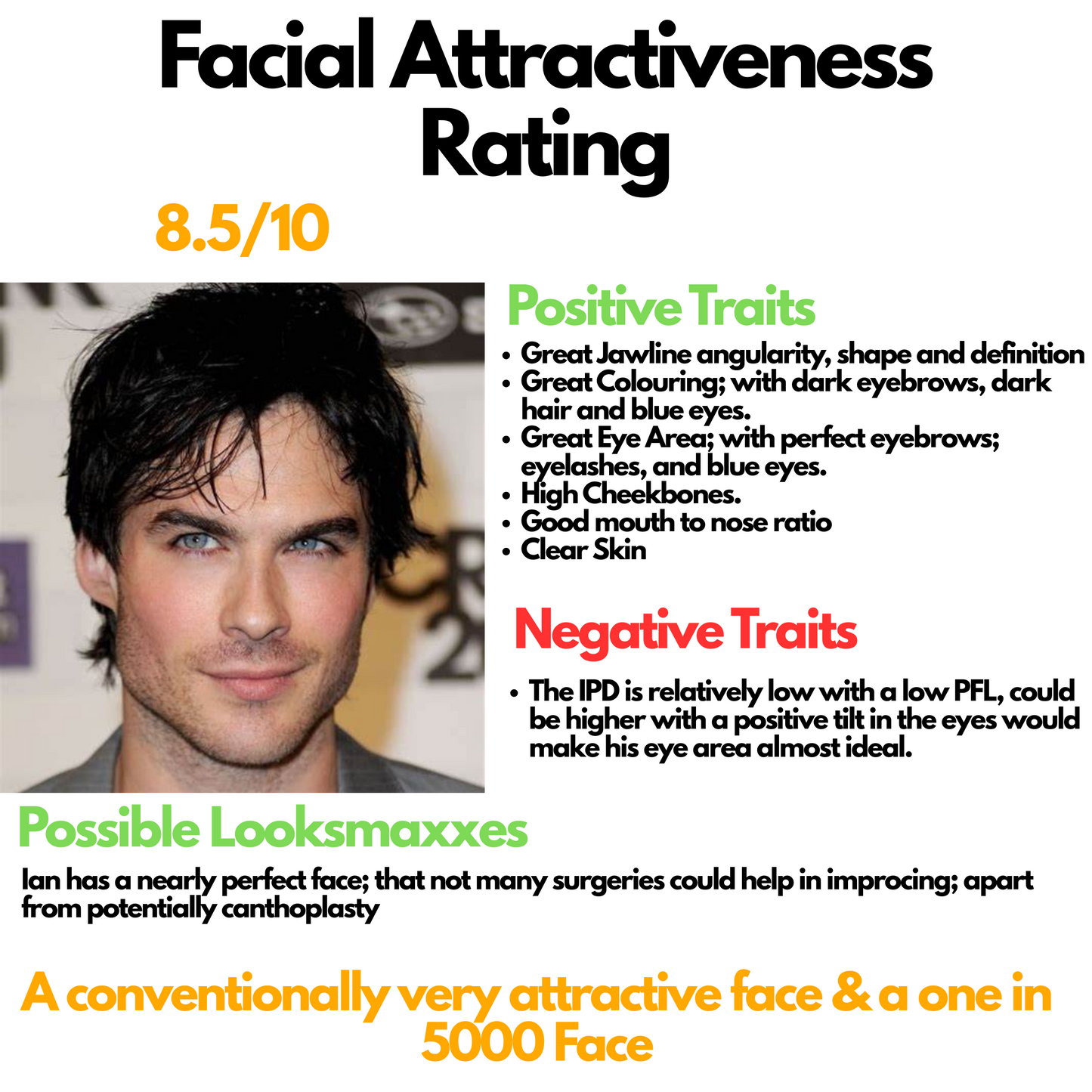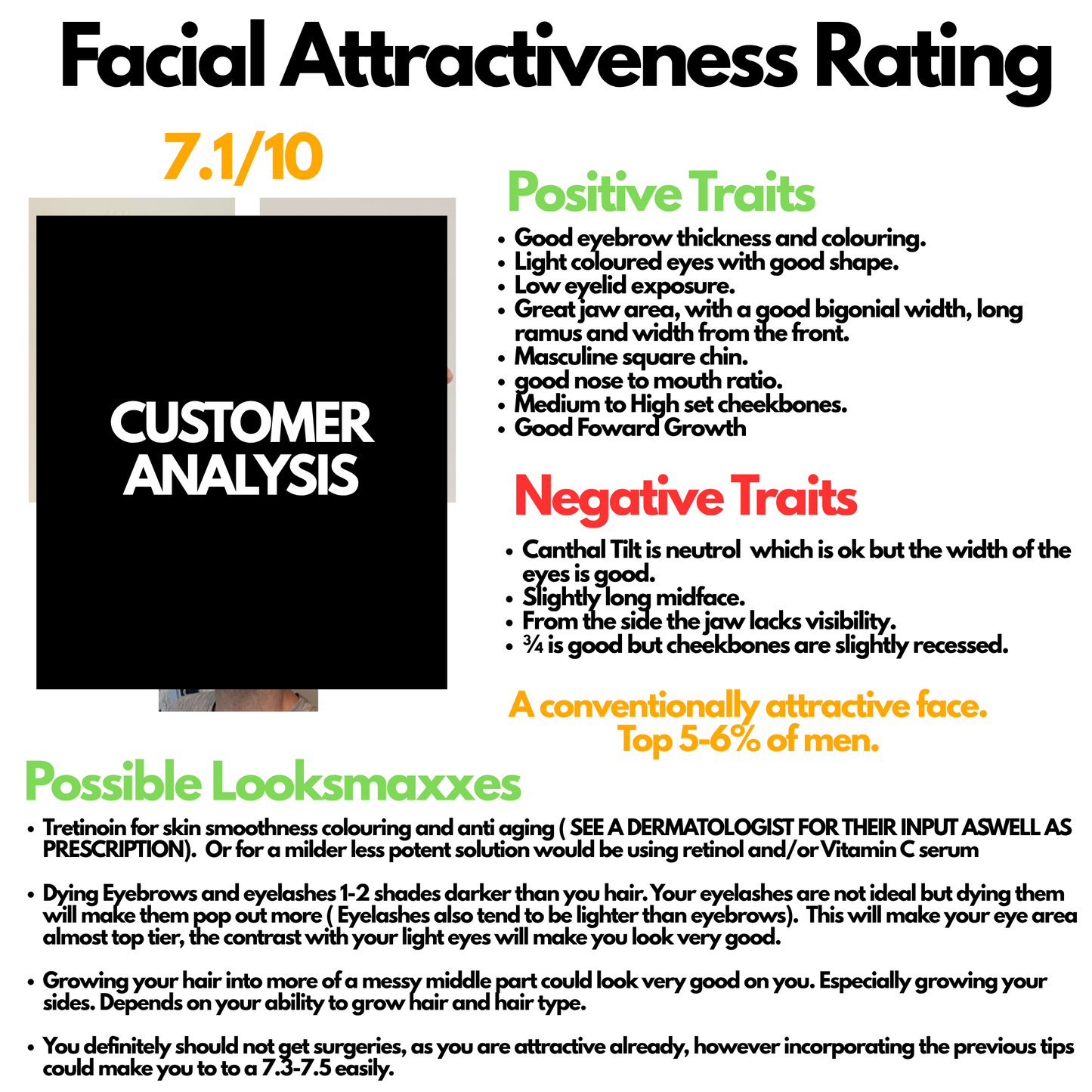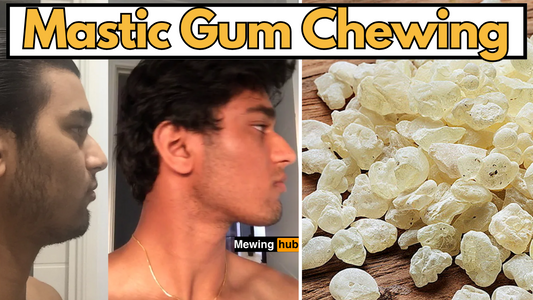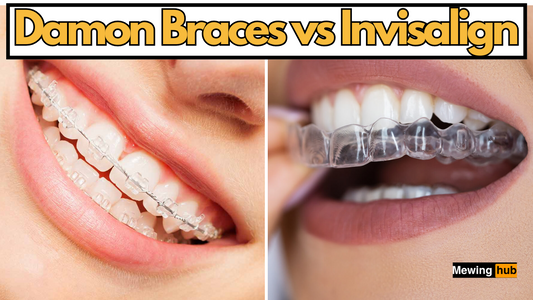Exploring the 5 Common Myths About Mewing

Share

Myth 1: Mewing Guarantees a Defined Jawline
The Reality of Mewing for Jawline Enhancement

One of the most prevalent myths about mewing is that it guarantees a sharp, chiseled jawline. While mewing can potentially influence the jaw's alignment and muscular tone, its effects vary widely among individuals.
Genetics play a crucial role in determining facial structure, and mewing is not a one-size-fits-all solution. Additionally, changes, if any, are often subtle and develop over an extended period.
- Genetic Factors: Genetics largely determine the shape and structure of your jawline. While mewing may enhance certain aspects, it cannot fundamentally alter your genetic makeup.
- Duration and Consistency: Significant results require consistent practice over years, not weeks or months. Mewing is about long-term commitment.
Myth 2: Mewing is Only for Cosmetic Purposes
Beyond Aesthetics: Health Benefits of Mewing
Mewing is often misconstrued as a purely cosmetic technique. However, its origins lie in orthotropics, a field that focuses on guiding facial growth and development.

Proper tongue posture and jaw alignment, as advocated by mewing, can potentially alleviate issues like sleep apnea, improve breathing patterns, and promote better oral health. Therefore, its benefits extend beyond mere aesthetics.
- Orthotropics: Dr. John Mew's principles emphasize proper oral posture to guide facial development and prevent malocclusions.
- Improved Breathing: Proper tongue posture can open up the airway, reducing snoring and symptoms of sleep apnea.
- Oral Health: Correct tongue positioning can aid in preventing dental issues like misalignment and malocclusion.
Myth 3: Mewing Results are Immediate
The Timeframe for Mewing Results
Many people expect quick results from mewing, but this is a myth.
Although postural changes happen quickly due to just resting the tongue on the roof of the mouth, significant muscular or bone changes take years.

Although impressive, this mewing transformation took 5 years
Mewing is more about making long-term changes in oral posture habits. Significant changes, if they occur, can take years of consistent practice.
It's a gradual process and not a quick-fix solution for facial restructuring.
- Postural Changes: Immediate effects like the tightening of the under-chin area can be seen due to the elevation of the hyoid bone.
- Long-Term Commitment: Bone remodeling and significant muscle changes require sustained practice over several years.
Myth 4: Mewing is Uncomfortable and Harmful
Comfort and Safety in Mewing Practice
Another common misconception is that mewing causes discomfort or harm. In reality, when done correctly, mewing involves maintaining a natural and comfortable tongue position against the roof of the mouth.
It should not cause pain or significant discomfort. However, incorrect practice or overexertion can lead to jaw pain or other issues.
- Natural Positioning: The tongue should rest naturally on the palate without strain.
- Avoid Overexertion: Excessive pressure or force can lead to jaw pain, TMJ disorders, or misaligned teeth.
Myth 5: Mewing Replaces Orthodontic Treatments
Mewing vs. Orthodontic Treatments

Some believe that mewing can replace traditional orthodontic treatments. While mewing can contribute to better oral posture, it is not a substitute for professional orthodontic care, especially in cases of severe malocclusion or dental issues. Consulting with a dental professional is crucial for addressing specific orthodontic needs.
- Supplementary Practice: Mewing should be viewed as a complementary practice, not a replacement for professional treatments.
- Professional Guidance: Severe dental issues and malocclusions require the expertise of orthodontists and dental professionals.
Conclusion
Mewing, as a concept, has gained attention for its potential benefits in facial aesthetics and oral health. However, it's essential to approach this practice with realistic expectations and an understanding of its limitations. The myths surrounding mewing often stem from a lack of comprehensive understanding and unrealistic expectations.
Like any health-related practice, it's advisable to research thoroughly and consult healthcare professionals for personalized guidance. Mewing is not a miracle cure, but rather a supplementary technique that may offer benefits when practiced correctly and consistently over time.
To fully grasp the fundamentals and ensure you are practicing correctly, check out our comprehensive guide on How to Properly Mew? A Complete Guide! which provides all the essential information and tips.


